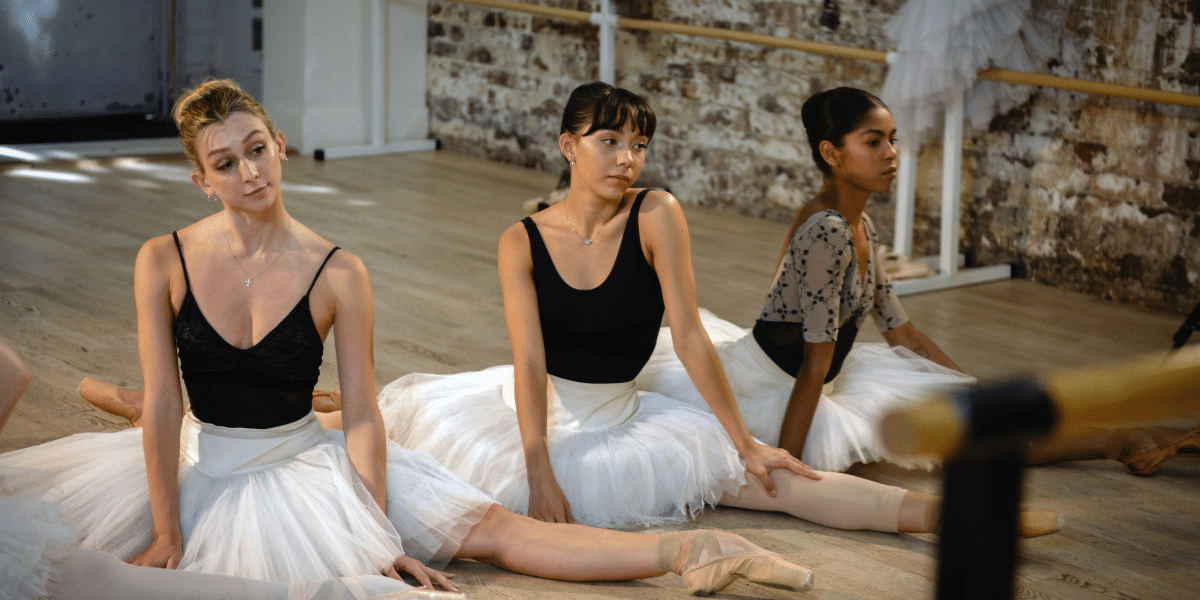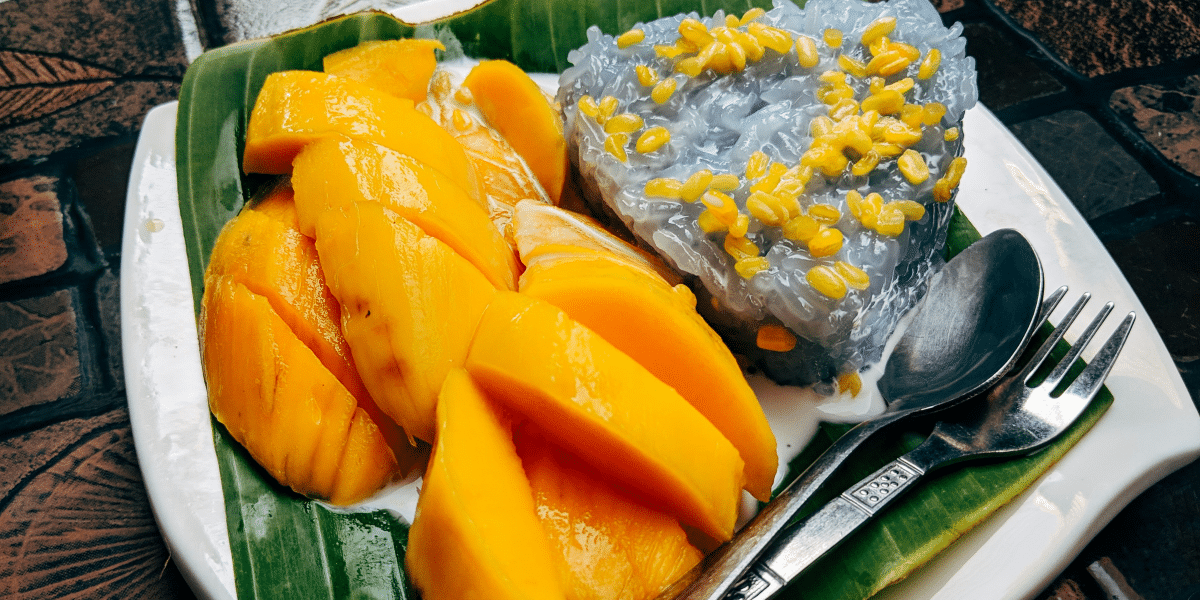Nature is full of clever tricks, and flowers have some of the most ingenious strategies in their evolutionary toolkit. Orchids often get the spotlight for their intricate mimicry, but they’re not the only ones fooling insects for their own benefit. Let’s explore some of the other fascinating ways flowers deceive their way to pollination success.
Dinner is Served! (But You’re the Main Course)
Some flowers mimic the smell of food to attract unsuspecting insects. The dead horse arum lily, native to the Mediterranean, emits a pungent odor akin to rotting meat, a scent that flies find irresistible. The flies land, expecting a feast, only to become temporarily trapped inside the bloom. During their confinement, they help with pollination before being released unharmed. Other plants use a sweeter scheme, mimicking the scent of nectar or fruit to lure their pollinators.
Certain flowers go beyond just providing a fake meal and even offer a tempting nursery for insects to lay their eggs. Some birthwort plant species have evolved flowers that look and even smell like decaying mushrooms, tricking fungus gnats into laying their eggs inside the bloom. While the gnats won’t find a suitable spot for their offspring, they unknowingly help pollinate the flower during their futile search.
In a classic case of visual trickery, several plants have evolved flowers that mimic the appearance of desirable mates for specific insects. Hammer orchids of Australia pull off a particularly convincing deception, with a flower that closely resembles a female wasp. Male wasps, driven to mate, attempt to fly off with the immobile ‘wasp,’ and in the process, end up covered in pollen ready to be transported to the next alluring orchid.
Mimicry isn’t always about attraction; some flowers tap into an insect’s sense of danger! Certain passionflower vines have evolved leaves with small yellow spots that resemble the eggs of Heliconius butterflies. These butterflies prefer to lay their eggs on egg-free plants to avoid competition for their caterpillars. Tricked by the faux eggs, the butterflies steer clear of these passionflowers, leaving the vine’s foliage unharmed.
The Benefits of Being a Fake
Picture a buzzing bee with a very specific mission: finding pollen-laden flowers offering the perfect nectar reward. Now imagine a flower that has mastered the art of imitating those exact blooms. By mimicking the ideal food source, this devious flower significantly increases its chances of receiving a visit from exactly the right kind of pollinator. It’s like putting up a giant neon sign for its ideal courier, ensuring its pollen gets transported to another compatible flower to reproduce.
Let’s talk about hungry caterpillars. A passionflower vine would much rather focus on growing and flowering than becoming an all-you-can-eat caterpillar buffet. Those clever faux butterfly eggs are like a “no vacancy” sign, tricking butterflies into believing the vine is already occupied. The hungry caterpillars hatch elsewhere, leaving the passionflower’s precious leaves unharmed. This sneaky tactic gives the plant a significant competitive edge.
Floral trickery isn’t just about attracting the right crowd; it can also be about repelling the wrong one! Some plants try to avoid hungry herbivores by mimicking the look of a less appetizing neighbor. Disguising itself as a thorny or even toxic plant could convince a grazer to move on to a tastier-looking snack. These masters of disguise get to munch-free, giving them an advantage in the struggle for survival.
“Floral mimicry is a testament to the power of natural selection. It might seem underhanded, but in the competitive world of plants, a little deception can make a big difference for successful survival and reproduction,” explains a biologist specializing in plant-insect interactions.
Floral mimicry isn’t simply trickery for the sake of it; it’s an elaborate strategy honed over evolutionary time. As scientists uncover more examples of floral deception, our appreciation for the lengths to which both flowers and insects will go to ensure their survival only grows.
“Floral mimicry showcases the incredible ways nature turns deception into a tool for survival. These examples challenge our ideas about plant intelligence and the complex dance between living organisms,” observes a Botanist specializing in plant communication.









